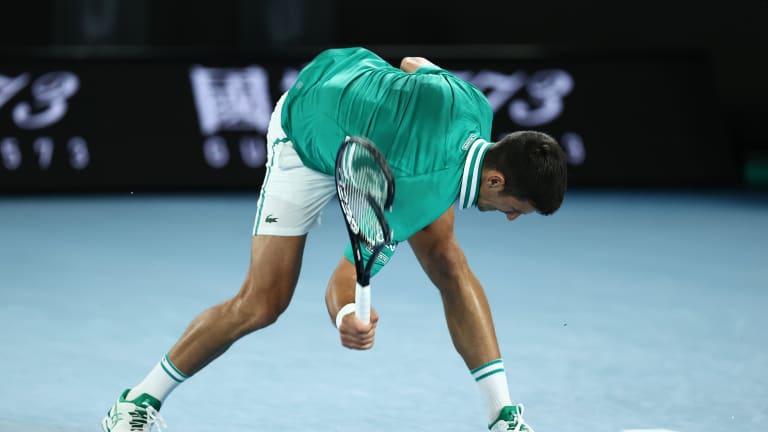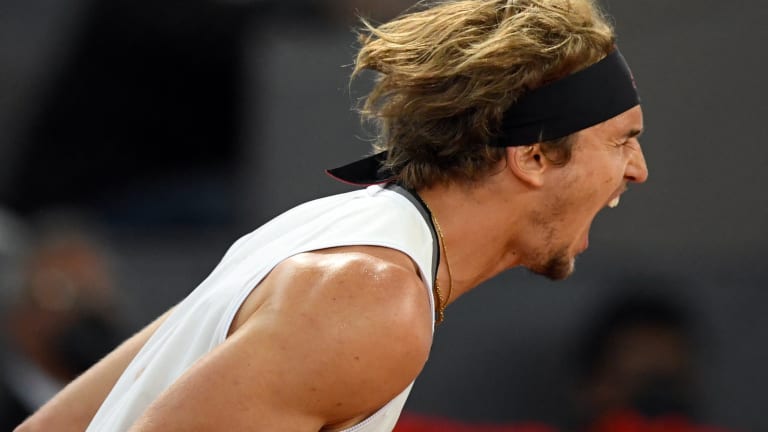Court of Personality: Echoes of McEnroe, Connors and Nastase in a suddenly emotional ATP tour
By Jun 23, 2021Indian Wells, USA
Novak Djokovic played like a mortal in Indian Wells loss—and sounded like one afterwards
By Mar 09, 2025Indian Wells, USA
Novak Djokovic falls to Botic van de Zandschulp in opening match at Indian Wells
By Mar 09, 2025Indian Wells, USA
Keys returns to court, Djokovic and Sabalenka headline: Indian Wells, Day 4 Preview
By Mar 08, 2025Indian Wells, USA
PHOTOS: Novak Yoga-vic? Djokovic preps for Indian Wells, connects with coach Andy Murray
By Mar 06, 2025Betting Central
Game, Set, Bet: Indian Wells Men's Betting Preview
By Mar 04, 2025Pop Culture
Carlos Alcaraz, Aryna Sabalenka lead nominations for 2025 Laureus World Sports Awards
By Mar 03, 2025Pop Culture
Jannik Sinner's nomination for Laureus sportsman of year withdrawn after ban
By Feb 27, 2025Sunshine Symposium: 2025 IW & Miami
Which player has the most to prove at Indian Wells and Miami?
By Feb 26, 2025ATP Doha, Qatar
Novak Djokovic says no pain in hamstring after Matteo Berrettini loss in Doha
By Feb 18, 2025Court of Personality: Echoes of McEnroe, Connors and Nastase in a suddenly emotional ATP tour
Players are increasingly willing to vent their emotions—a development welcomed by those who believe tennis suffers because of its emphasis on old-school sportsmanship and restraint.
Published Jun 23, 2021

© Getty Images
Advertising
Vasek Pospisil blasts ATP Chairman Andrea Gaudenzi in Miami meltdown
Advertising
Advertising
Advertising

Alexander Zverev at the Madrid Masters.
© AFP via Getty Images